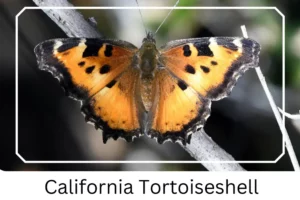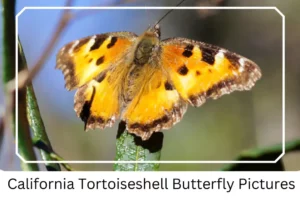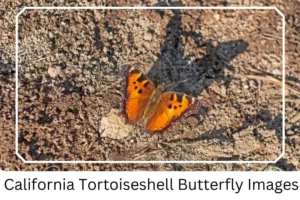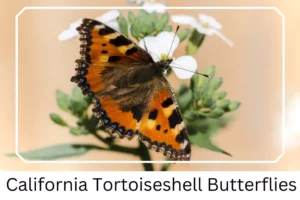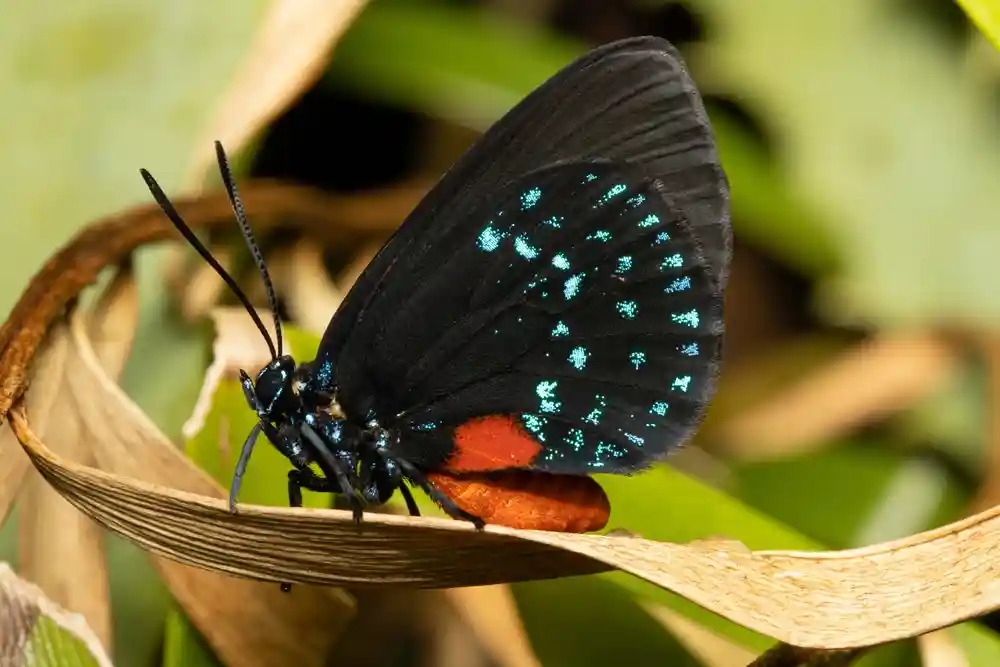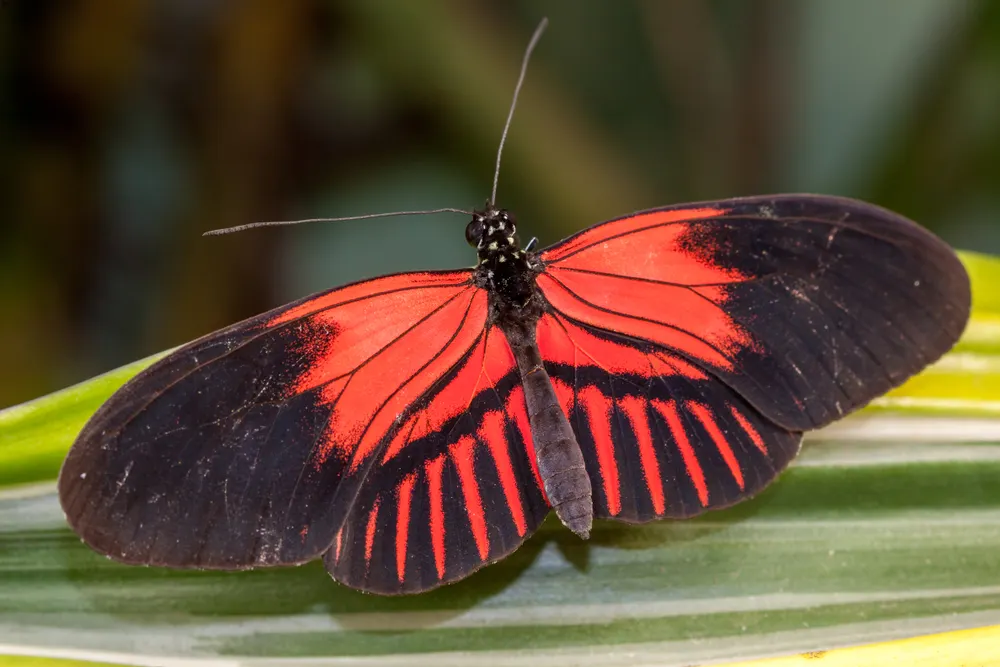California Tortoiseshell (Nymphalis californica)
The California tortoiseshell, scientifically known as Nymphalis californica, is a fascinating butterfly species within the Nymphalidae family. This captivating insect is native to California but also thrives in various parts of the United States, showcasing its adaptability and resilience across diverse landscapes.
Scientific Classification
- Family: Nymphalidae
- Genus: Nymphalis
- Scientific Name: Nymphalis californica
Overview
Renowned for its vivid colors and dynamic flight patterns, the California tortoiseshell plays a significant role in its ecosystem, particularly in pollination. This species exhibits intriguing behaviors and lifecycle stages that reflect the complexity of nature’s designs. By exploring its characteristics, habitats, and interactions within its environment, we gain insights into the broader ecological web it inhabits.
Description and Identification
Caterpillar
The caterpillar stage of the California tortoiseshell presents a small, spiny appearance with a predominantly black body. This defensive exterior serves as a deterrent to predators, offering a glimpse into the survival strategies of this species from an early age.
Pupa
Transitioning into the pupa phase, it adopts a greyish-violet hue, closely resembling a leaf. This camouflage is crucial for its survival, as the pupa often twitches when disturbed, mimicking the movement of a leaf in the wind to avoid detection.
Adult Butterfly
Sexual Dimorphism: Sexual dimorphism is evident in adult butterflies, with males boasting hairier forelegs compared to females. This distinction plays a role in mating rituals and interactions within the species.
Color and Appearance: When the wings are opened, they reveal a striking orange color adorned with large black spots. In contrast, the closed wings feature a grayish and mottled brown appearance, mimicking a dead leaf to evade predators.
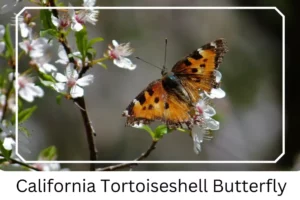
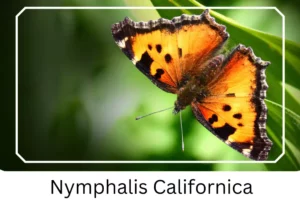 Average Wingspan: The wingspan of Nymphalis californica ranges from 3.2 to 7 cm (1 1⁄4–2 3⁄4 inches), showcasing a modest size that aids in its agile and rapid flight.
Average Wingspan: The wingspan of Nymphalis californica ranges from 3.2 to 7 cm (1 1⁄4–2 3⁄4 inches), showcasing a modest size that aids in its agile and rapid flight.
Flight Pattern: Characterized by a fast and irregular pattern, the flight of the California tortoiseshell is a testament to its dynamic nature and ability to navigate through its environment effectively.
Eggs
Though detailed information on their eggs is scarce, they are laid in small clusters on the undersides of leaves and hatch within 4 to 5 days, marking the beginning of a new lifecycle.
Quick Facts | |
| Distribution | From British Columbia and Baja California Norte to Montana, Colorado, Wyoming, New Mexico, and extending to New York, Michigan, Vermont, and Pennsylvania, although sightings are rare in these areas. |
| Habitat | Prefers areas near chaparral growth, brush areas, woodlands, and the edges of forests, highlighting its versatility in various environments. |
| Host Plants | Primarily feeds on manzanita flowers, indicating its preference for specific flora within its habitat. |
| Adult Diet | Consists mainly of flower nectar, showcasing its role in the pollination process. |
How to Identify California Tortoiseshell?
Identifying the California tortoiseshell butterfly involves observing its distinctive color patterns and behaviors. Adult butterflies exhibit a unique orange and black coloration on their open wings, while their closed wings mimic the appearance of a dead leaf, providing excellent camouflage against predators. The caterpillars are recognizable by their spiny, black bodies, a common trait in their early life stage. Observing their flight pattern can also offer clues, as they exhibit a fast and irregular motion. Familiarizing oneself with their habitats, such as chaparral growths and woodland edges, can increase the chances of spotting these remarkable insects.
Did You Know?
- Nymphalis californica is known for periodic population explosions, which prompt massive migrations to new areas, demonstrating their dynamic response to environmental conditions.
- Interestingly, despite their vibrant appearance, the raven stands as the most common predator of the California tortoiseshell butterfly, highlighting the intricate predator-prey relationships within their ecosystem.
Conclusion
The California tortoiseshell butterfly (Nymphalis californica) is not just a beautiful sight to behold but also an integral part of its ecological community. Through understanding its lifecycle, behaviors, and the challenges it faces, we can appreciate the delicate balance of nature and the importance of conserving diverse habitats to support species like the California tortoiseshell.
California Tortoiseshell Pictures

Scientific Classification

- Family: Nymphalidae
- Genus: Nymphalis
- Scientific Name: Nymphalis californica

